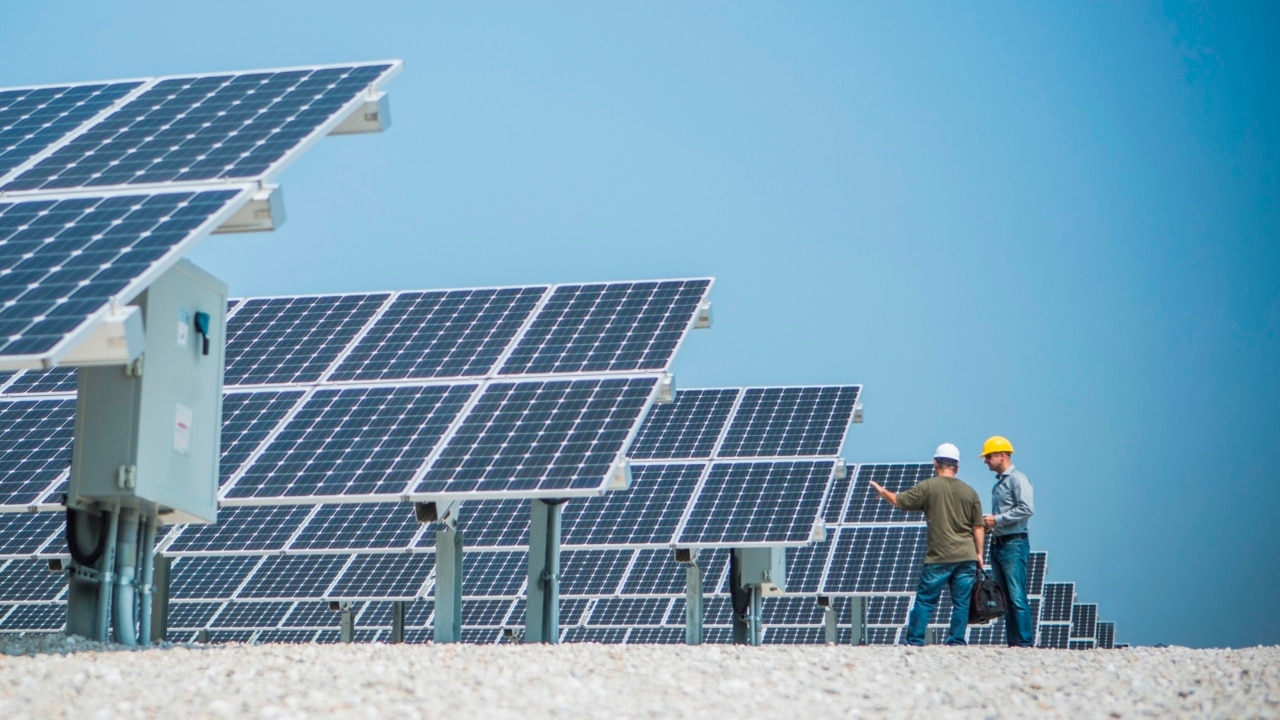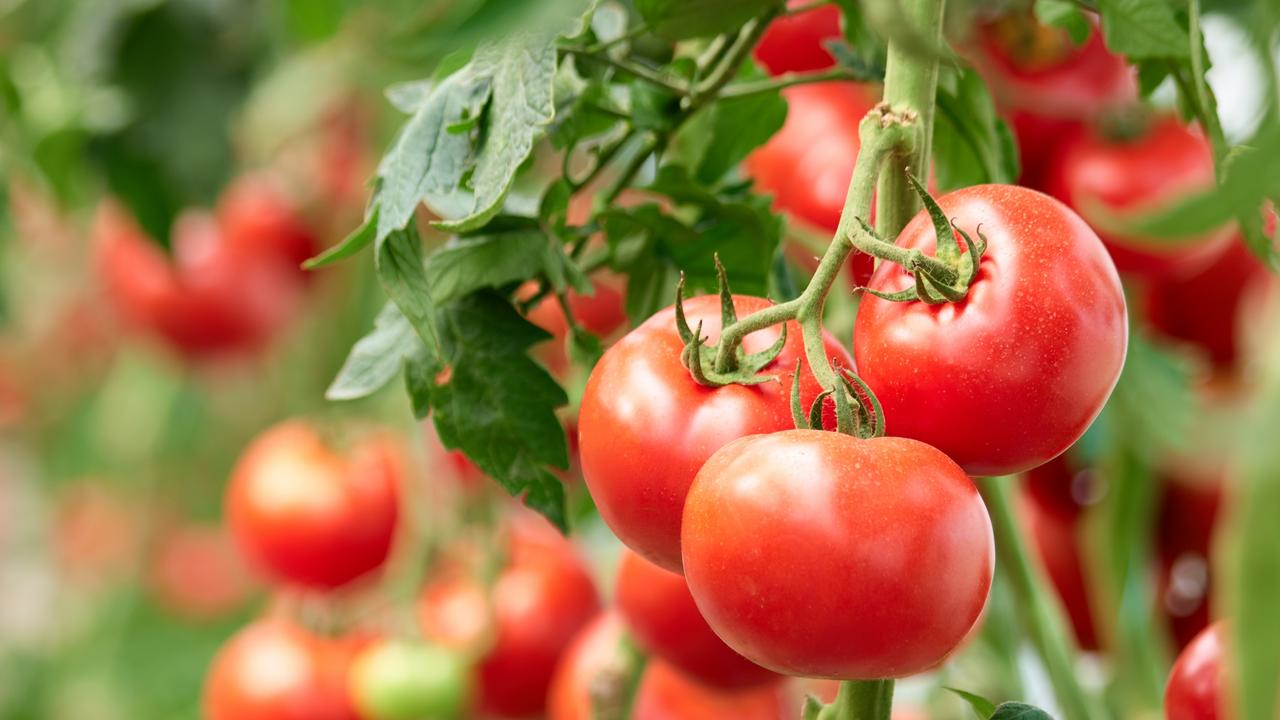Australia needs a bigger marketing budget to compete with Burgundy, Napa Valley and NZ
Australia’s wine industry is on its knees, but a leading economist suggest a way out is spending “significantly” more money rather than less on advertising.

The crisis engulfing Australian wine grape growers and wineries stuck in a global wine glut should ramp up spending on marketing activities overseas and overhaul the industry’s levy system, rather than turn to the federal government for bailout money, a prominent economist and wine expert says.
Australia’s best regarded wine and trade economist Kym Anderson has suggested the way out of the wine industry’s current difficulties – most notably China’s punitive tariffs on Australian wine over the past three years, leading to bloated tanks of bulk red wine – is to boost demand for Australian wines in overseas markets.
“A refreshed focus and a more positive vision for the industry is long overdue,” Mr Anderson said. “It is not inconceivable that Australia, like New Zealand, could capture a bigger share of the world market through boosting its marketing efforts … The Bordeaux region, which has a similar vine bearing area as Australia, has an annual marketing budget of $30m, or almost 10 times Australia’s, which suggests the industry should seriously consider raising its marketing levies substantially.”

Mr Anderson said this could be done by overhauling the industry’s three levies into a single levy based on the value of recent vintages, rather than the current volumetric scheme, which has stagnated in line with winegrape production this century.
This has led to a serious decline in funding for wine’s research and development arm, Wine Australia, and in turn, the world-class research arm it funds, the Australian Wine Research Institute.
AWRI received $8.71m from Wine Australia in 2021-22, and then $2m less in 2022-23.
In 2022-23, Wine Australia recorded an operating deficit of $5.6m, largely due to a reduction in receipts from the industry’s three levies – on winegrape growers, processors and exporters – and funding from the federal government.
Earlier this month Wine Australia released a statement saying it has not been immune to the difficulties the industry was experiencing, which has led it to reduce staff and draw on reserves.
“Despite the reductions, we continue to support and are committed to AWRI’s research capability and expertise,” the statement said.
Australian Grape and Wine chief executive Lee McLean said an internal review of the industry’s levy system was underway, but he could not share details until further work was completed over the next six months.
Mr McLean said he saw merit in Mr Anderson’s proposal of a 1.8 per cent ad valorem levy.
“We don’t have a levy system indexed to inflation, so year-on-year the total has less purchasing power … If you take those things into account, the ability to invest in research, innovation and marketing are things that warrant attention,” he said.





